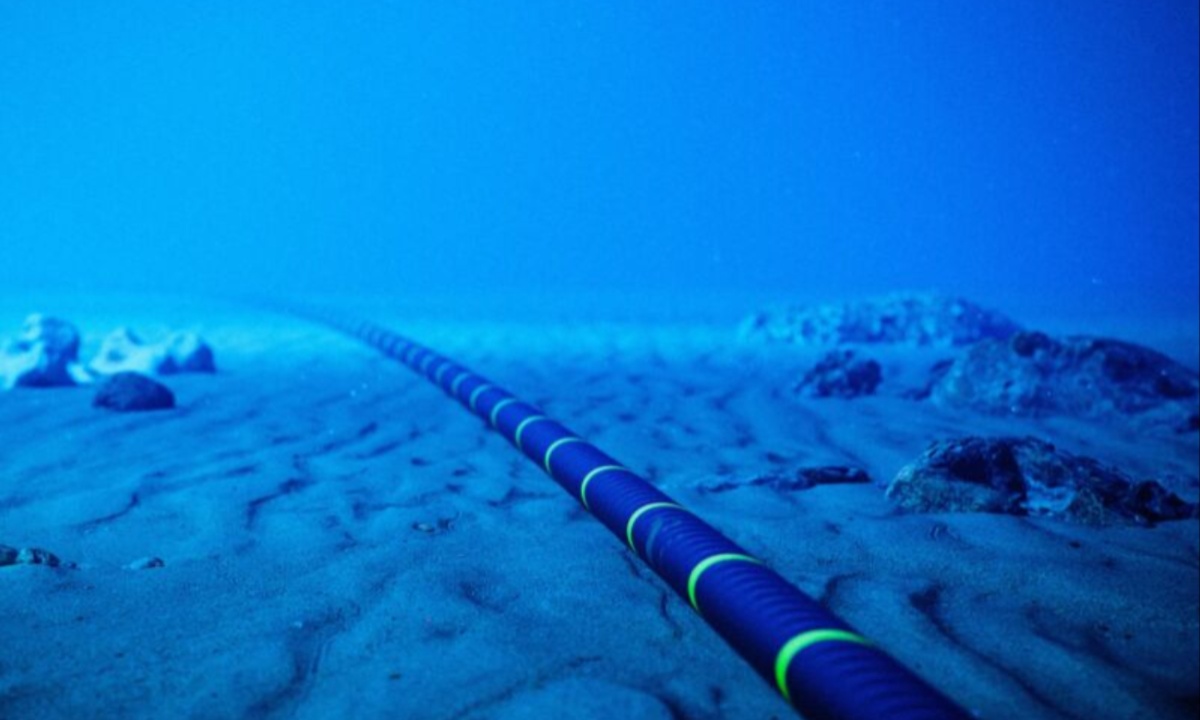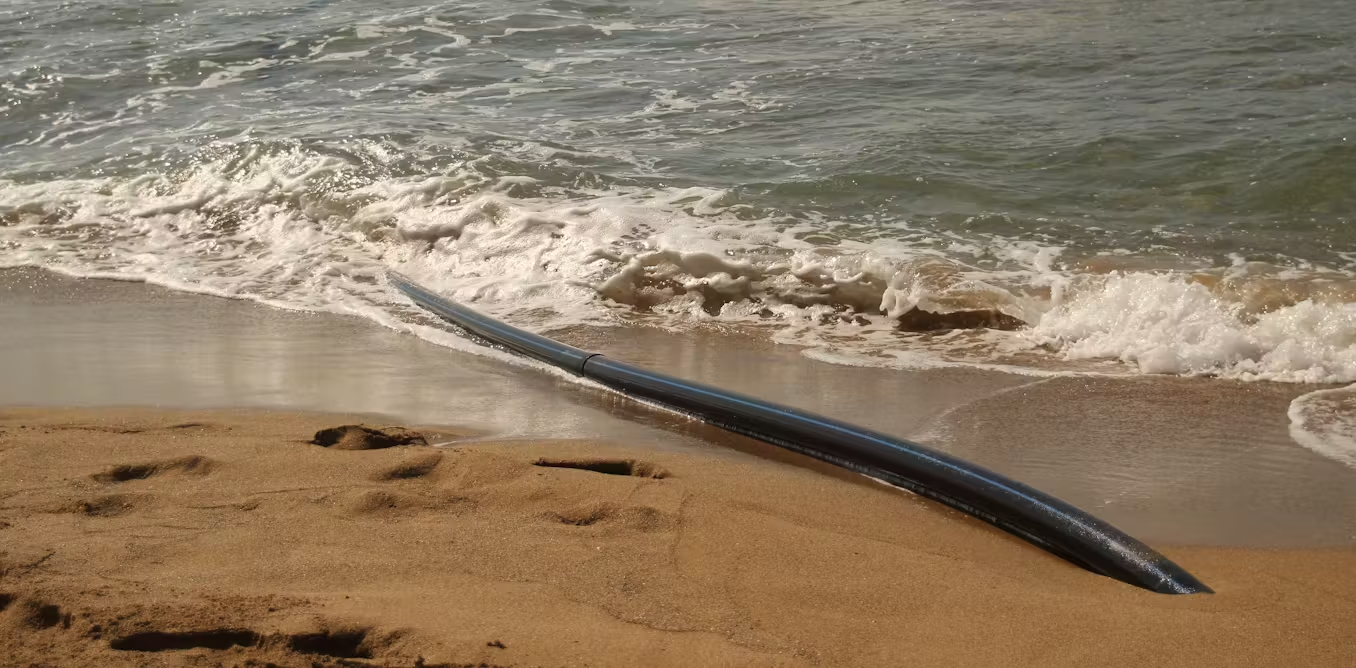Australia has revealed a plan to invest A$18 million over the next four years to create the Cable Connectivity and Resilience Centre. This new facility is aimed at protecting the undersea cables that are essential for the country’s internet infrastructure. These cables, critical for global data transmission, are exposed to threats from both malicious attacks and accidental damage. The centre’s role will be to ensure the security of these key components, which are fundamental to Australia’s connectivity and economic stability.
Undersea telecommunications cables, some stretching to depths of 8,000 meters, have been a fundamental part of global communication since the 19th century. Originally used by the British Empire to control its vast territories, these cables have evolved into critical components of modern internet infrastructure.
They enable high-speed data transfer across continents and are vital for everything from everyday online activities to major financial transactions, with 99% of Australia’s data traffic handled by just 15 international cables.

The new Cable Connectivity and Resilience Centre will focus on providing technical support and training throughout the Indo-Pacific region. It aims to enhance the region’s capability to develop and implement effective policies for cable protection.
This initiative continues Australia’s tradition of safeguarding undersea cables from threats like fishing accidents and malicious attacks, with Australia being a pioneer in this field since joining the International Cable Protection Committee in 2011.
The establishment of the centre comes against a backdrop of increasing global competition in technology, particularly between the United States and China. With advancements in artificial intelligence (AI) playing a significant role in this rivalry, the protection of data infrastructure becomes critical.
The centre not only addresses economic concerns but also national security, positioning Australia as a key player in regional digital security.
The centre’s success will depend on collaboration between Australian public servants and private sector experts who are familiar with cable technology and industry dynamics. Additionally, the centre’s operation will involve balancing national interests with the influence of major tech companies, like Google and Amazon, which play a significant role in the subsea cable industry.
This new approach marks a shift from Australia’s previous confrontational stance towards a more diplomatic strategy, aiming to protect national security while engaging with international partners and improving digital infrastructure resilience.







Leave a Reply